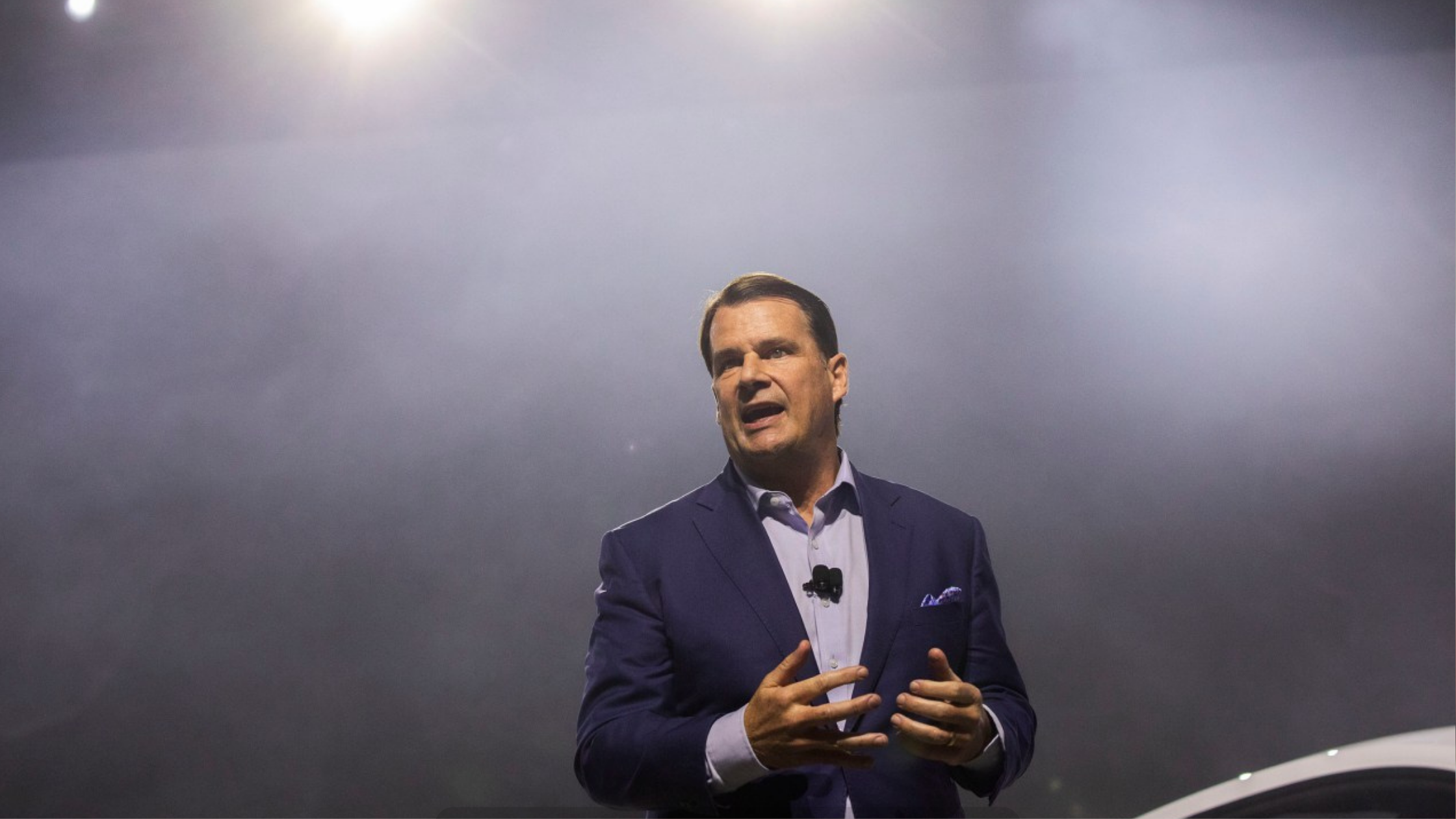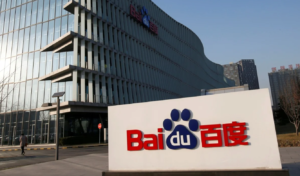Ford CEO Farley explains why Waymo’s LiDAR beats Tesla’s vision‑only approach—a statement that slices right to the heart of the ongoing debate over how to build safe, trustworthy self-driving vehicles. At the Aspen Ideas Festival, Farley didn’t just voice concerns—he underscored Ford’s strategic direction and how it aligns with broader industry trends favoring multi‑sensor autonomy.
In this deeply reported piece, we’ll blend Fortune’s original coverage, recent trending commentary from Times of India and Reuters, and technical insights into why LiDAR and radar are rapidly emerging as not just options, but cornerstones of autonomous driving’s future.
LiDAR vs Vision-Only: A Strategic Schism
Ford CEO Jim Farley expressed clear skepticism at Aspen, noting the brand must be “really careful” with new tech. He emphasized that LiDAR—a laser‑based sensing system—helps vehicles “see exactly what’s in front of you,” especially in complex or low‑visibility conditions.
This comes at a pivotal moment: Tesla unveiled its robotaxi pilot in Austin in June 2025, relying exclusively on cameras and neural nets. But real-world tests revealed lane violations and erratic braking, prompting scrutiny from NHTSA and consumer watchdogs.
Why Waymo’s Approach “Makes More Sense”
Waymo has spent over a decade perfecting a multi‑sensor, sensor‑fusion architecture—integrating LiDAR, radar, and cameras for safety redundancy. At Google I/O, co‑CEO Dmitri Dolgov demonstrated how their 5th‑gen robotaxis use five LiDARs and six radars to detect occluded pedestrians, a “superhuman sensing ability” in dense urban environments.
Farley told Walter Isaacson that Waymo’s LiDAR strategy is “mission‑critical.” He noted that where a camera might be “completely blinded,” LiDAR would give precise spatial awareness, reinforcing Ford’s cautious approach.
Tesla’s Vision-Only Gambit: High Stakes, High Risk
Tesla CEO Elon Musk has championed the belief that cameras plus neural networks will suffice, cutting costs and accelerating scale. Their Austin robotaxi launch on June 22 was invite‑only, featured a safety monitor, and cost $4.20 per ride.
But it hasn’t been smooth. Recorded incidents of wrong‑way lanes, phantom braking, and abrupt stops raised red flags. Reuters notes that experts warn this could erode consumer trust, and that Tesla’s rollout lacks the full mapping rigor that Waymo brings.
Ford’s Path: BlueCruise Now, Partnerships Later
Unlike Tesla, Ford isn’t chasing full autonomy alone. Farley confirmed Ford is halting its own Level‑4 ambitions (formerly backed via Argo AI) and will instead enhance BlueCruise—a Level‑2 highway hands‑off experience. (ainvest.com)
Moreover, Farley publicly stated Ford will partner with a proven autonomous technology provider—implying Waymo or another mature player—once the tech is polished enough. (tesery.com)
Industry Impacts & What’s Next
This conversation between Farley and Musk signifies a deeper industry split. Tesla’s AI-first, camera-only gambit is ambitious, but real-world tests show it may still be years from handling all edge cases safely.
Meanwhile, Waymo’s slow-and-steady, sensor-rich deployment continues to dominate. They now operate 250,000+ paid rides weekly in multiple cities and recently added Atlanta via Uber, contrasting sharply with Tesla’s invite-only Austin fleet. (barrons.com)
Conclusion: A Crossroads for Autonomous Driving
Ford’s alignment with Waymo signals a shift toward prioritizing safety, redundancy, and consumer trust in autonomy. While Tesla’s vision-only model remains bold and cost-efficient, regulatory scrutiny and early errors could hinder broader acceptance.
The next 12 months will be critical. Will Tesla shore up its AI vision-only edge, or will Ford’s more conservative approach, rooted in trusted sensor fusion, prevail among cautious consumers and regulators?
Stay tuned as Waymo continues expansion and Tesla scales up. The winner in this self-driving showdown will be the first to earn both technological and public trust.
Subscribe to trusted news sites like USnewsSphere.com for continuous updates.





